On an isolated LAN, is there any way that a WebRTC connection can be made simply with the IP addresses assigned by the DHCP server?
I understand that I can accomplish this with Node.js and Socket.io - but I was really hoping to avoid setting up that kind of server with my limited skill set. I'm a science teacher who dabbles in programming, so feel free to keep it simple. Thank you!
UPDATE
Alex, you are correct that I can avoid using a STUN server if all of the computers are on the same local network. Although I had to bite the bullet and install Node.js on my laptop, it was really wasn't complicated. I then tried a whole bunch of 'working examples' that didn't work for me, until I found this one and his GitHub files.
After running the server script in Node, I had a DataChannel connection between two browser windows on the same machine, but not between different computers. I edited the .html files to point to my local server IP address instead of localhost and I could then connect with multiple computers. Then came the real test - could I use this without an internet connection? I found the line that specified using Google's STUN servers and changed it from
var config = {"iceServers":[{"url":"stun:stun.l.google.com:19302"}]};
to just
var config = {"iceServers":[]};

